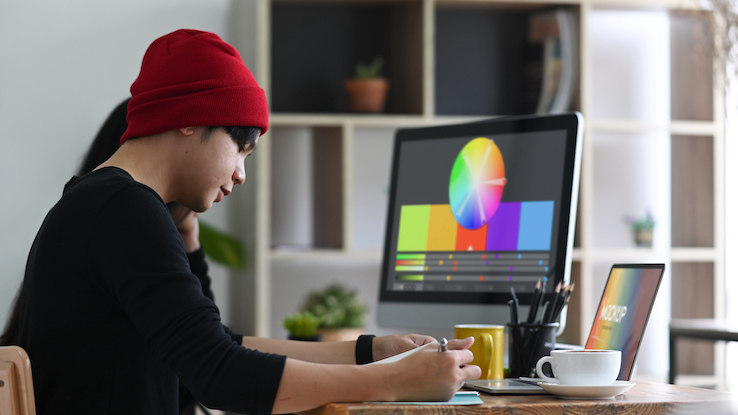Get Creative With Photoshop Mixing Modes

With so many creative possibilities available in Photoshop, it can be hard to know where to start. But with a little help from the mixing modes, you can create some truly unique effects. In this article, you’ll learn how to use the Screen, RGB, CMYK, and HSB mixing modes to create a variety of color effects, as well as how to use the LAB and XYZ mixing modes to create light and dark effects. Get ready to get creative and experiment with Photoshop’s mixing modes!
What Are Photoshop’s Mixing Modes?
The Screen and RGB mixing modes are used to create color effects. They allow you to create a variety of colors by combining light and dark hues and tones. When working with the Screen and RGB mixing modes, you can use them to create a variety of basic color effects.
The Screen mode lets you add a color to a layer, while the RGB mode lets you create a gradient of colors. You can also use these modes to create more complex effects, such as creating a Pastel effect or changing the intensity of a color.
The CMYK and HSB mixing modes are great for creating darker or lighter effects, respectively. These modes let you change the colors of each pixel based on its position in the image. These tools can be used to create effects like darkening an image or adding brightness.
Make sure to experiment with blending options and mixing modes to get the results you want. By playing around with these modes, you can create some truly unique colors and effects in Photoshop.
Using CMYK and HSB Mixing Modes
One way to create light and dark effects with Photoshop’s mixing modes is to use the CMYK and HSB mixing modes. When you use these modes, you can control the mix of cyan, magenta, yellow, and black in your image. This can be used to create subtle or dramatic changes, depending on your needs.
When you use the CMYK mixing mode, you can control the mix of cyan, magenta, yellow, and black in your image. To do this, open the CMYK dialog box (Window > CMYK), and then adjust the Input Levels field (labeled “Cyan,” “Magenta,” “Yellow,” and “Black” on the right side of the dialog box). The more black you add, the darker your image will become. The more cyan, magenta, yellow, and white you add, the lighter and more colorful your image will become.
The HSB mixing mode is similar to the CMYK mixing mode, but it works with hue, saturation, and brightness values instead of color. To use the HSB mixing mode, open the HSB dialog box (Window > HSB), and then adjust the fields labeled “Hue” (the red, green, and blue channels), “Saturation” (the degree to which each color is saturated), and “Brightness” (the intensity of each color). The more red that is added, the more red your image will be, and so on.
Using Mixing Modes Effectively
There are a few things to keep in mind when using Photoshop’s mixing modes. Firstly, make sure that you understand the basic concepts behind each mode. Secondly, be aware of the various effects that can be created. And finally, use these effects to create specific effects or to achieve specific goals.
One of the most common uses for mixing modes is to create specific color effects. Screen and RGB mixing modes are perfect for this purpose because they allow you to create shades of grey. CMYK and HSB mixing modes are also useful for creating color effects, but they can be more subtle. LAB mode is great for making darker colors, while the overlay mode can be used to create transitional colors between light and dark areas.
By using Photoshop’s mixing modes, you can apply and customize unique effects that will help you create your desired images.
This text was generated using a large language model, and select text has been reviewed and moderated for purposes such as readability.





